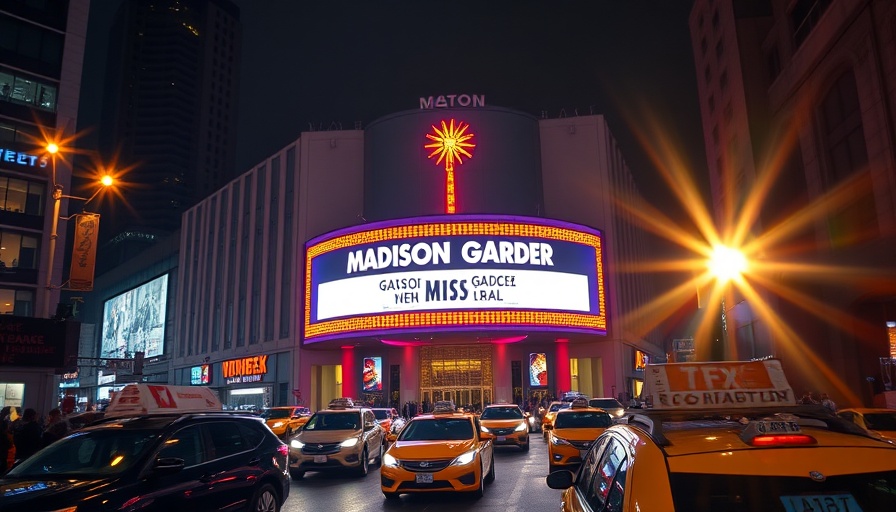
Escalating Encounters: Sea Lions and Beach Safety
The recent incident involving aggressive sea lions attacking beachgoers in Southern California, captured on video, serves as a critical reminder of the growing interactions between wildlife and human populations. As beach tourism rises, so does the likelihood of such confrontations, necessitating improved safety measures for visitors.
A Rising Concern: Interaction Between Beachgoers and Marine Wildlife
Southern California beaches have long been a popular destination, blending the allure of sun-soaked sand with the vibrancy of diverse marine life. However, incidents such as the recent sea lion attacks challenge long-standing perceptions about the safety of these recreational spaces. Experts estimate that with the rise in beach visitors, the chances of wildlife encounters—particularly with marine mammals—are significantly increasing. Understanding these interactions is essential for local authorities and residents to ensure the safety of both humans and wildlife.
Potential Underpinnings: What Drives Aggression in Sea Lions?
Biologists note that aggressive behavior in sea lions can be exacerbated by factors such as overcrowding, territorial disputes, and food scarcity, often resulting from human activity. The ocean ecosystem is sensitive to changes brought on by pollution, climate change, and even fishing practices. Moreover, dropping fish populations can lead to increased competition among sea lions, pushing them closer to human gathering spots.
Looking Ahead: Strategies for Mitigating Risks
As public engagement with coastal areas continues to grow, it is crucial to establish risk mitigation strategies. Local governments can enhance safety protocols by implementing signage informing beachgoers about wildlife behaviors, encouraging responsible food management, and possibly restricting access to certain beach areas during high wildlife activity periods. Public awareness campaigns could effectively educate visitors about maintaining a safe distance from wild animals.
Policy Implications: Balancing Wildlife Conservation and Public Safety
The recent sea lion incidents intersect with broader discussions related to wildlife conservation policies and public safety regulations. Legislators may need to consider proposals aimed at protecting marine habitats while safeguarding human interaction with nature. This dual approach is vital to fostering an environment where both humans and wildlife can co-exist without conflict.
Community Responses: Engaging Local Stakeholders
Engagement with local communities is essential in addressing wildlife issues effectively. Town hall meetings involving stakeholders from various sectors—including tourism, environmentalists, and local residents—can provide a platform to discuss safety measures and conservation strategies. Collaborative efforts could enhance both community resilience and wildlife protection.
Broader Reflections: A National Perspective on Wildlife Encounters
As incidents of aggressive wildlife encounters are not unique to California, they speak to a national and global trend of increasing wildlife-human interaction. National parks, recreational areas, and coastal regions across the United States face similar challenges, calling for comprehensive policies and public education to promote safe coexistence with nature every step of the way.
Conclusion: Navigating the Future of Beach Safety
As we reflect on the importance of beach safety amidst rising wildlife encounters, each stakeholder—from policymakers to beachgoers—bears a responsibility to understand and respect the delicate balance of our ecosystems. For those planning their next beach trip, staying informed about local wildlife activities and adhering to safety guidelines can ensure enjoyable and safe experiences.
 Add Row
Add Row  Add
Add 


Write A Comment